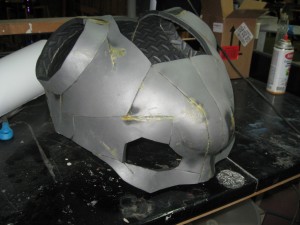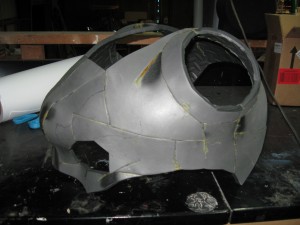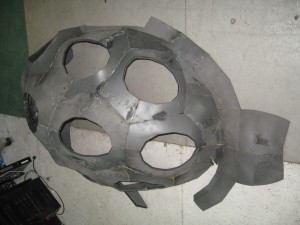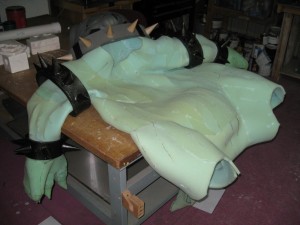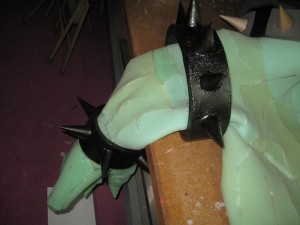Hallway Bathroom Renovation
After over a month of near daily work on the shop’s hallway bathroom, it’s finally done! The room is re-opened and this time (hopefully) leak free.
Making this project happen took a lot of help from the membership. I’d like to offer a huge thank-you to:
– Travis, who dedicated an incredible amount of time and effort to almost every aspect of this job.
– Michelle and Jeff, who donated the new light fixture.
– Daniel, who helped us out of several jams along the way.
– Hunter, who tackled rewiring the mess of a circuit behind the walls.
– Norm, who donated the new countertop and helped us brainstorm.
– Wes, who lent us tools and advice for the drywall work.
– And several other members who stopped by to lend a hand.
Rather than try to create a massive listing of everything we did, you can peruse an image album of the highlights.

